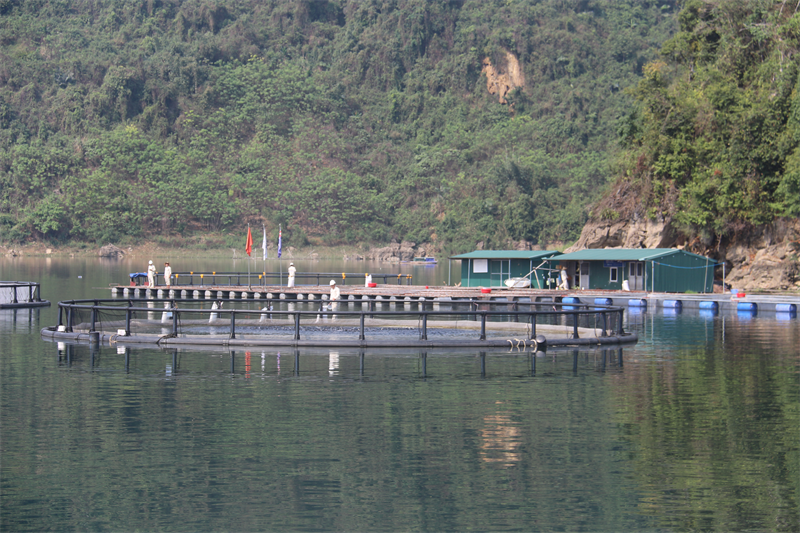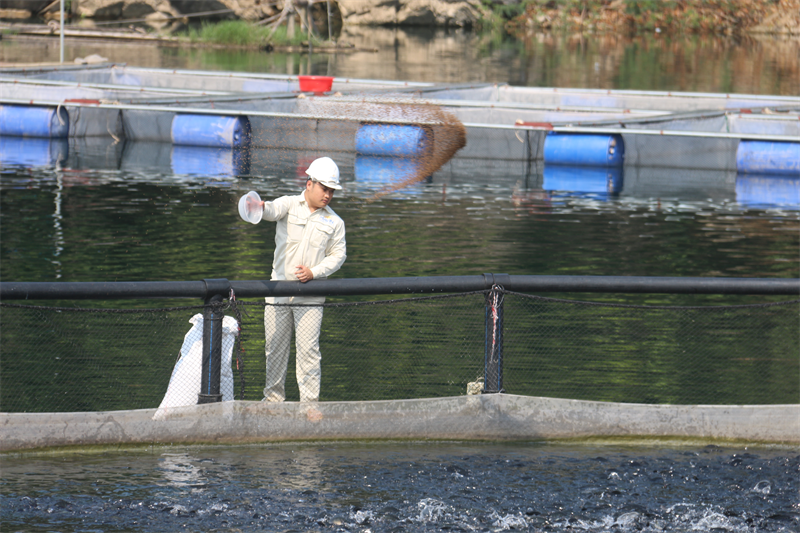Mavin Austfeed brings tilapia farming to the next level
Mavin Austfeed has invested heavily in improving the quality and wholesomeness of its aquaculture operation as it targets becoming the country’s top producer of premium quality tilapia in 2023, according to Nguyen Anh Tuan, deputy general-director.
The company took up tilapia farming in 2017 and has already invested over US$5 million in a cage culturing system. The fish are reared at the Hoa Binh hydroelectric reservoir which has good water quality that prevents off-flavour problems.

The culturing system is regulated to ensure that the reservoir is not over farmed and producers comply with environmental regulations.
Dr Ngo Phu Thoa, deputy director of Mavin Aquaculture, said the company is working with universities and Penang-based nonprofit research organization WorldFish Organization to select tilapia that are highly productive and meet customer preferences. Its immediate genetic selection goals are to improve growth, livability and fillet yield.
Tilapia farming can be done year round in the reservoir, with each crop taking 120-135 days to complete. The fingerlings weighing 30 g are released and then harvested at 800 g, stocking density 50,000 fish/cage.
It is using a caging system from Norway. Currently, 48 cages are deployed. That figure will be raised to 100 by the end of 2019, said Mr Tuan.

The company uses a closed-loop supply chain. It enforces stringent quality control and traceability in its breeding and selection program, hatchery, feed manufacturing, grow out, processing, logistics, distribution and marketing.
It currently supplies around 6,000 tonnes/year. It plans to introduce new species such as common carp and begin exporting tilapia fillets after it raises production to 10,000 tonnes by the end of 2019.
It is looking at the possibility of replicating the cage culturing model at other potential reservoirs in North Vietnam. Sustainable and environmental friendly operations are the keys to Mavin's long-term success, said Mr Tuan.
Source: Feed & Livestock Magazine